Microsoft announced Windows 11 at an event on June 24th, this article will cover some of the new features being introduced. A developer version of Windows 11 is currently installed on a VM and we are testing, learning, and taking pictures.


Microsoft announced Windows 11 at an event on June 24th, this article will cover some of the new features being introduced. A developer version of Windows 11 is currently installed on a VM and we are testing, learning, and taking pictures.
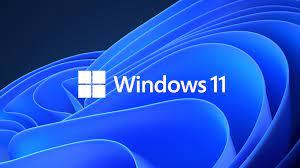
The announcement of Windows 11 has resulted in many Windows 10 owners wanting to proactively ready their system to upgrade to Windows 11 when it is released. Some of the requirements are still subject to change but there has been enough information made public on how to prepare. This article will provide a short list on how you can prepare your system for the new operating system update later this year.
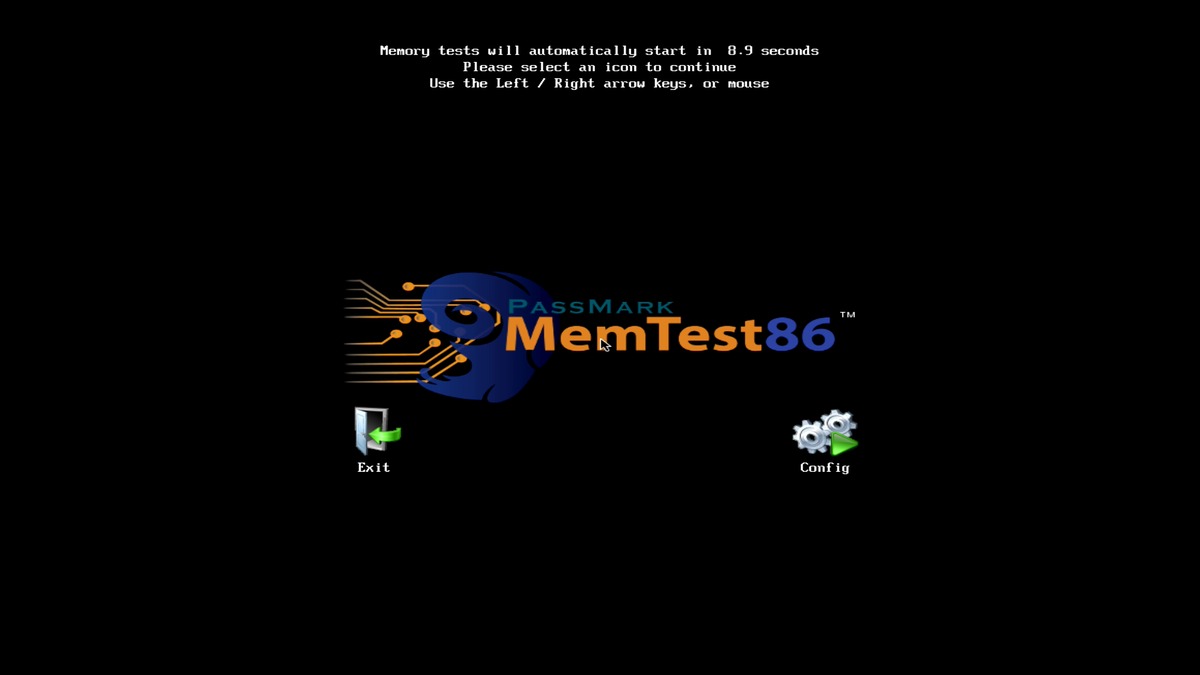
Guide of how to download, create bootable USB and run Memtest – also including instructions for running Windows Memory Diagnostic

When we send a system out pre-loaded with Microsoft Office, chances are it is already activated but in the rare occurrence that you are having troubles, check out this article for detailed solutions.
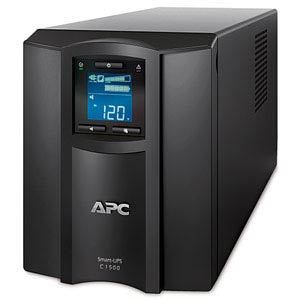
An uninterruptible power supply, also called a UPS system or UPS battery backup, protects connected equipment from power problems and provides battery backup power during electrical outages. This article explains the differences between UPS models and aims to help users select the right UPS for their computer system.
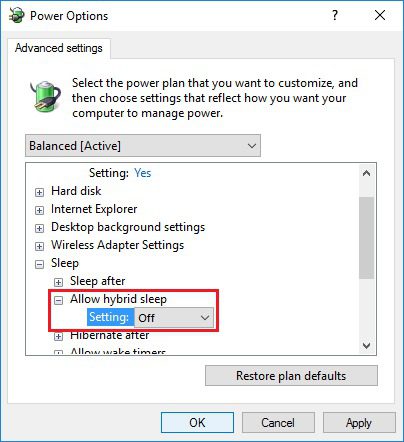
We have seen a few problems with Sleep Mode and Hibernation in Windows 10, so I wanted to write this article to explain how to turn either of them off in case you would rather not use them.

SSDs are reporting as overheating in Samsung Magician, is it real or is it make believe.
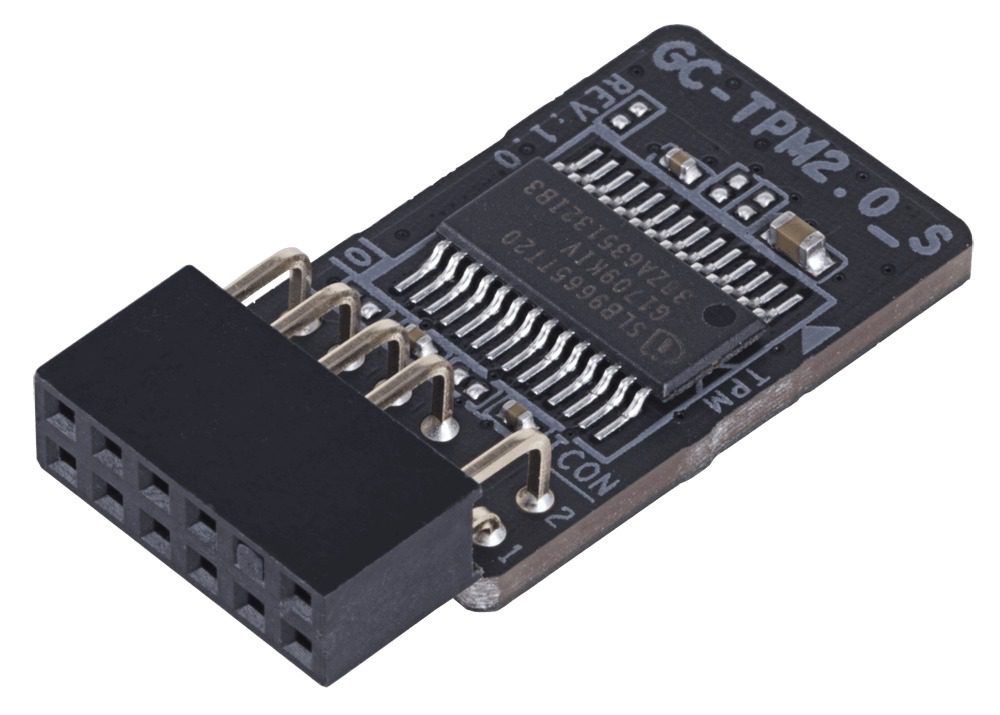
Microsoft has announced Windows 11 and released a PC Health Check application that will confirm compatibility. With this, numerous users are reporting lack of support but thankfully most of the time it’s a rather simple solution.
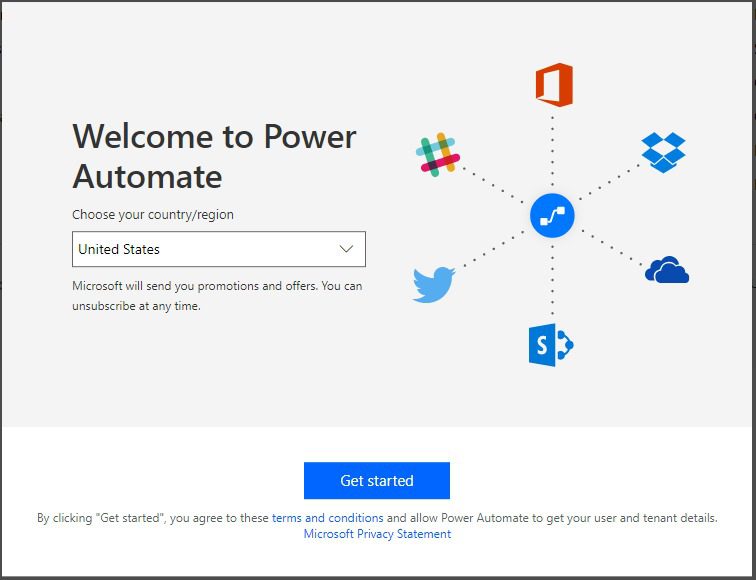
This article will guide you through the exceptionally useful ‘Power Automate’, now available for FREE from Microsoft!

Parsec is an amazing tool for remote access to a system. It offers a 1:1 local connection and an almost perfect 1:1 connection over the internet.

Microsoft has released the next version of Windows 10 called “21H1”, or the May 2021 Update, and it is available to users running Windows 10 2004 or later as an optional update in Windows Update.
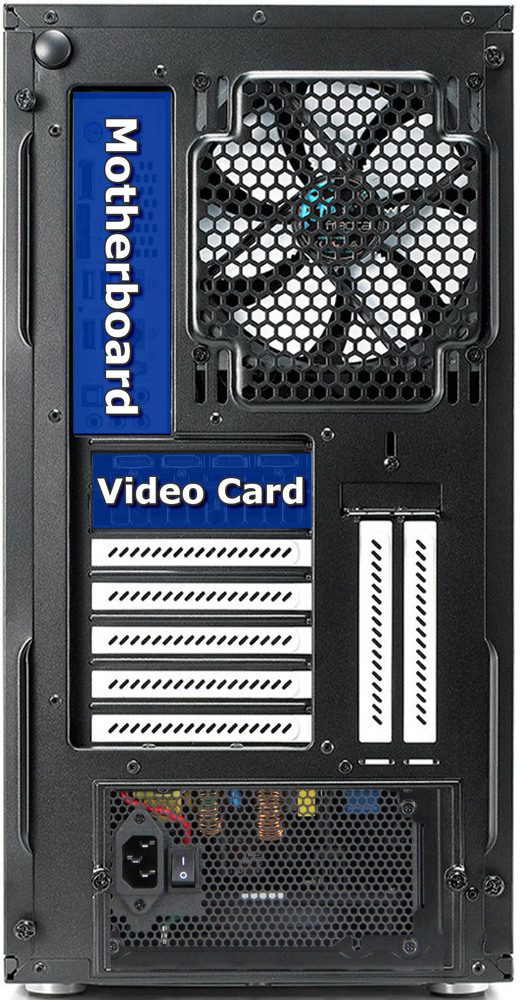
The Support department has written a litany of articles detailing various fixes, troubleshooting advice, software guidance, and technologies. We have compiled a list of what we deem the most useful for a new Puget System owner. If you’ve recently purchased a Puget Systems computer, you may find the following articles very useful as you familiarize yourself with your new build.
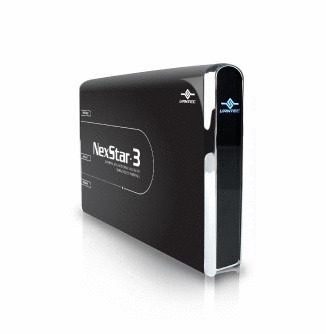
This is a guide for safely formatting an old Windows boot drive and using it in a new Windows system as a secondary/tirtiary drive.
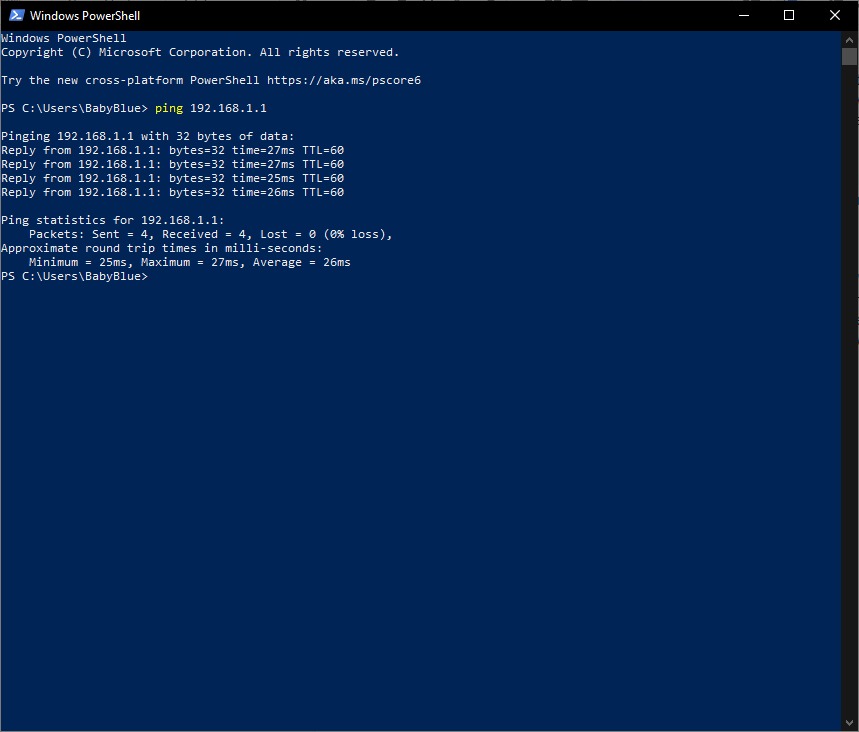
This article will guide you through our recommendations for troubleshooting network issues.
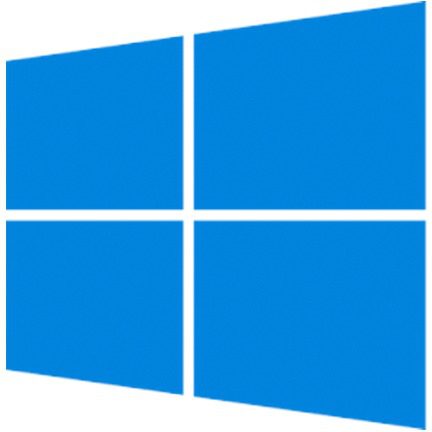
Most computer users have no need for more than a single drive in their computer, or perhaps a few individual drives if additional storage space is required. There are certain workflows and use cases where features of a RAID – like larger total volume capacity or data redundancy – may be extremely helpful. For large arrays, redundant boot drives, or advanced RAID modes we strongly recommend using a dedicated hardware controller card, but for simple configurations like mirroring or pooling there are options within Windows 10 which can be used without needing special hardware. This guide will cover a couple of those options and how to set them up.
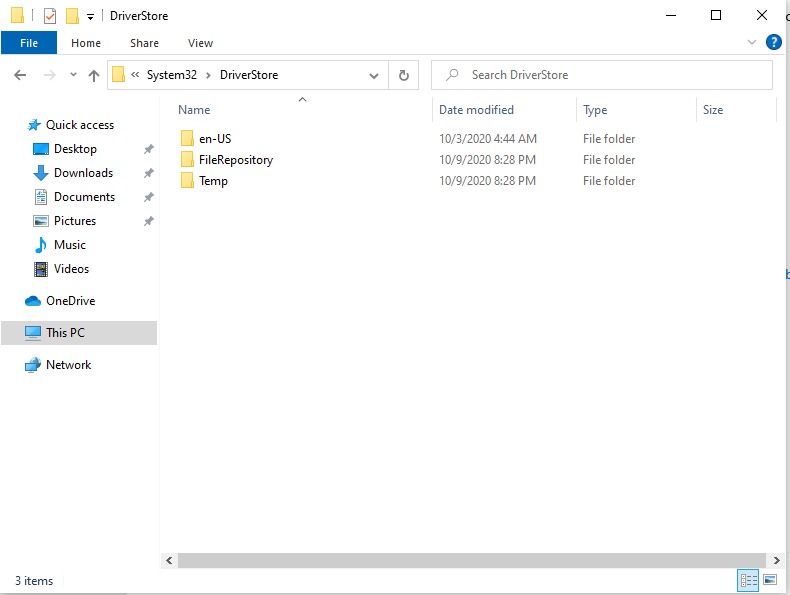
A major Windows 10 update coming later in 2021 could finally fix a big problem with the operating system, as it will move third-party drivers to an isolated folder on your hard drive.